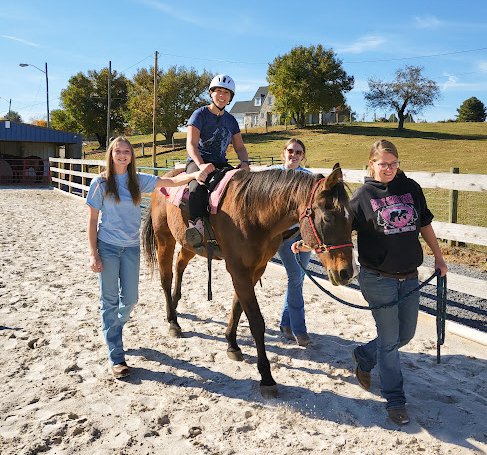The once and future mighty American chestnut.

If you could travel back in time to the dawn of the 20th century, you could walk through Appalachian forests where enormous American chestnut trees grew straight and tall, some more than five feet in diameter and towering over 100 feet. From Maine to Mississippi, billions of these trees stood; in some places, it’s estimated they occupied as much as 40 percent of the forest canopy. Then, in 1904 in New York, a fungal pathogen, “chestnut blight,” was first identified. Brought in on nursery stock—chestnut trees imported from Asia—it attacked and killed mature American chestnuts, which had no natural resistance to the pathogen.
The blight spread with devastating speed. By the 1950s, virtually all of the canopy trees had died—four billion trees, wiped out in less than 50 years. It was a loss of a scale that is hard to quantify, and not simply for the sheer number of trees that died; because no comprehensive data exist for a pre-blight Appalachia, the true extent of the environmental impacts of the loss can only be estimated. When it was a dominant tree in the canopy, the American chestnut would have played a role in everything from nutrient cycles to habitat to hydrology to carbon sequestration. Bees fed on the abundant, fingerlike flowers (called “catkins”) that bloomed late in the spring. Birds and other wildlife would have sheltered in the trees. Perhaps most important, the trees reliably bore an abundant harvest of nutritious nuts every year, making American chestnuts a tremendously productive food source.
“This wasn’t an unimportant tree—this was an ecologically significant tree that we lost,” says Tom Saielli, the Charlottesville-based regional science coordinator for The American Chestnut Foundation (TACF). “It was one of the worst environmental disasters of our time.”
Not only wildlife depended on the tree. For Appalachian farmers, the American chestnut fed livestock and family alike. It was a sweet, delicious nut that could be roasted, ground into flour, or gathered and sold for income. And fast-growing chestnut trees were also prized for their wood—long, straight-grained, strong and rot-resistant, yet also easy to work.
“The loss of that tree was pretty significant all around,” says Saielli.
And yet: American chestnuts may still get a second act. Because despite the real and terrible scale of this disaster, despite the loss of billions of trees, nevertheless, as a species, American chestnuts are not dead, not extinct. “They’re not even endangered,” says Saielli.
The explanation for this seeming contradiction lies in two fortunate traits of this tree that ultimately may make it possible for TACF to achieve its ambitious, long-term mission to “return the iconic American chestnut to its native range.”
The first trait, explains Saielli, is that the tree is a prolific “stump sprouter.” Though the blight inevitably infects and kills virtually all mature trees, the roots survive, and new sprouts continue to grow from the base. The second trait is that American chestnuts are a “shade intermediate” tree, which means they can survive a very long time—years or even decades—as sprouts in the shaded forest understory, ready to grow if an opening in the canopy brings them light. As a result, there are an estimated 400 million American chestnuts still in the forests, most of them stump sprouts waiting in the shaded understory. An occasional large tree that somehow survived the blight can be found as well; one discovered in western Maine is more than 100 feet tall.
Drawing on this genetic stock, TACF, at its orchard facilities in Meadowview, is engaged in the complex process of hybridizing Americans with blight-resistant Chinese chestnuts, then deliberately inoculating the trees with blight. Those that survive and show good resistance are then progressively “back-crossed” with Americans, the survivors from each generation again back-crossed, until after seven generations the result is a tree that is essentially an American chestnut, retaining only blight resistance from the Chinese tree. (TACF is also engaged in complementary research in more recently developed biotechnology-based strategies, in collaboration with the State University of New York.) The long-term goal is to replant the forests of Appalachia with American chestnuts—a process that has already begun on a small scale in research and demonstration plantings, but will certainly be the work of many decades, if not longer.
“This is a slow and arduous process,” says Saielli. “We are seeing a lot of progress, but we have a long way to go.” It’s not enough to create a single resistant chestnut; hundreds of genetically diverse trees will be needed to build self-sustaining populations across the tree’s former range.
Still, Saielli is optimistic. “I like to think that we are on the verge of restoring this most important tree to the forest.”
This article originally appeared in our October 2017 issue.










